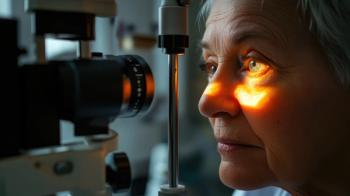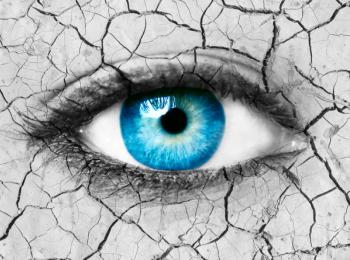
Winners of 2023 Lasker~DeBakey Research Award Goes to OCT Inventors
The 2023 Lasker~DeBakey Clinical Medical Research Award was granted to James G. Fujimoto, Elihu Thomson professor in Electrical Engineering and Eric A. Swanson, research affiliate, both of Massachusetts Institute of Technology, and David Huang, associate director and director of research at Casey Eye Institute, and professor at the Oregon Health & Science University, for the invention of optical coherence tomography (OCT).
The Lasker Research Award was established in 1945 by Mary and Albert Lasker to recognize the contributions of leaders who have made major advances in the understanding, diagnosis, treatment, cure, and prevention of human disease, according to the Lasker Foundation. Each award carries an honorarium of $250,000 for each category.
The OCT technology behind this year's research award uses light beams to visualize microscopic structures within tissues of the body like the retina. The tool has the ability to painlessly generate high-resolution cross-sectional images of the eye’s internal architecture in real time and without physical contact, as this was a task the eye space lacked in the past.
In addition, it allows doctors to rapidly detect and then treat diseases of the retina that impair vision, which then saves the eyesight of millions.
The American Academy of Ophthalmology
OCT’s medical use is now expanding, according to the Foundation, particularly because engineers have incorporated the tool into probes that can enter the circulatory system and it has been integrated it into surgical settings.
The Foundation shared that in 1991, Fujimoto, Huang, Swanson, and colleagues published a paper introducing the OCT. Their work showcased the technology's ability to achieve resolutions as fine as 12-17 micrometers, capturing cellular-level details. This level of precision was unprecedented and opened new doors for medical diagnostics, particularly in ophthalmology.
In 1993, this team, in collaboration with Carmen Puliafito and Joel Schuman at the New England Eye Center (Tufts University School of Medicine), used OCT to collect retinal images from healthy eyes of live people.
In the following years, they scanned thousands of patients and published studies in which they demonstrated the power of OCT and correlated its findings with those of routine methods for uncovering ocular pathologies, the Foundation claimed.
In the last 30 years, OCT has evolved as a tool and saved billions of dollars by avoiding unnecessary treatment.
The Foundation shared about 30 million OCT ophthalmic procedures are performed annually, approximately one every second. The tool’s potential is being explored in a number of medical settings such as cardiology, surgical guidance, gastroenterology, and dermatology, to illuminate our understanding of disease and inform clinical decisions.
The impact of Fujimoto, Huang, and Swanson's pioneering work reaches beyond their initial invention. They also merged optics, telecommunications engineering, and medicine, translating fundamental research discoveries into a technology that has revolutionized medical practice and improved the lives of countless individuals.
Newsletter
Get the latest industry news, event updates, and more from Managed healthcare Executive.





















































